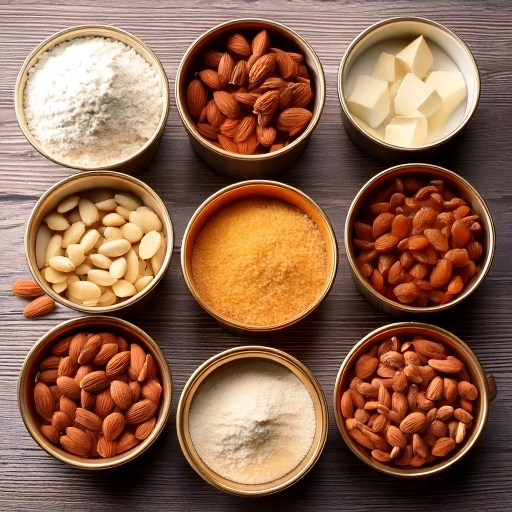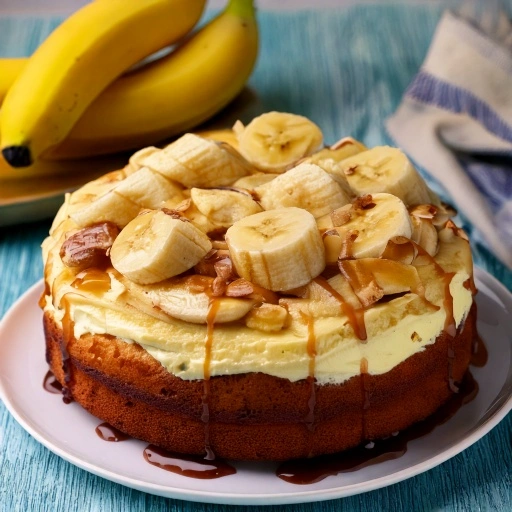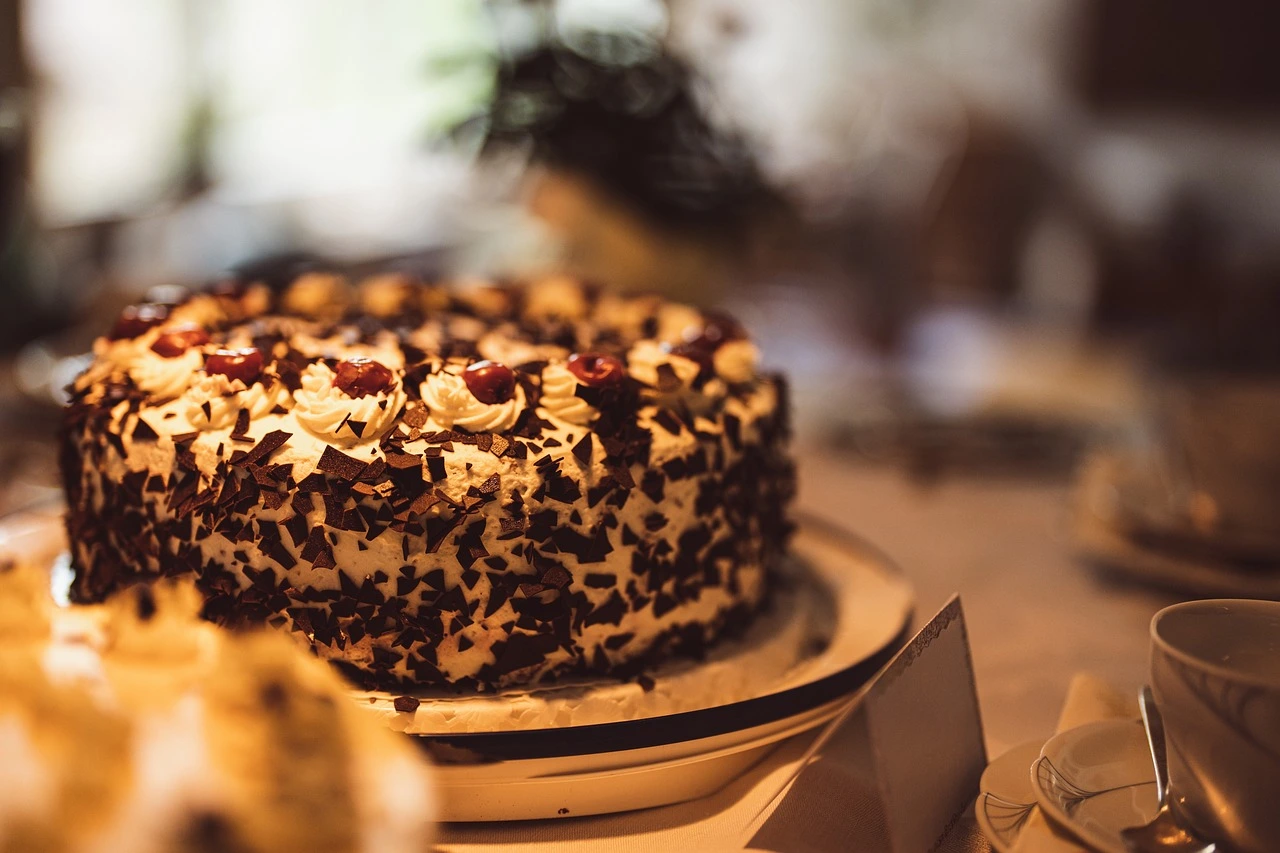Table of Contents
There’s something magical about the rich, nutty aroma of an almond nut cake recipe baking in the oven. As someone who has spent countless weekends perfecting this almond nut cake , I can tell you that few desserts bring together such perfect harmony of textures and flavors. This cake holds a special place in my heart, reminding me of Sunday gatherings at my grandmother’s house where her signature almond cake would be the centerpiece of our family meals. Today, I’m sharing my perfected almond nut cake recipe that combines traditional techniques with modern twists for a truly unforgettable dessert experience.

Ingredients List
For this exceptional almond nut cake recipe, you’ll need ingredients that balance the nutty depth with just the right sweetness. Each component plays a crucial role in creating that melt-in-your-mouth texture that makes this cake so special:
- 2 cups (200g) almond flour (blanched for a lighter cake, or natural for more texture)
- 1/2 cup (60g) all-purpose flour (substitute with gluten-free flour blend if needed)
- 1 cup (200g) granulated sugar (coconut sugar works as a less refined alternative)
- 1/2 cup (113g) unsalted butter, softened (or high-quality plant-based butter)
- 4 large eggs, room temperature (flax eggs can work for a vegan version)
- 1 teaspoon pure almond extract
- 1/2 teaspoon pure vanilla extract
- 1 teaspoon baking powder
- 1/4 teaspoon salt
- 1/2 cup (50g) sliced almonds for topping
- 2 tablespoons powdered sugar for dusting (optional)
The star ingredient—almond flour—gives this cake its signature moist crumb and distinctive nutty flavor that simply can’t be achieved with regular flour alone.

Timing
This almond nut cake recipe requires:
- Preparation time: 15 minutes (30% less than most layer cakes)
- Baking time: 40-45 minutes
- Cooling time: 30 minutes
- Total time: 85-90 minutes
One of the beauties of this almond nut cake recipe is its efficiency—you’ll spend less time in the kitchen but achieve professional-level results. The active preparation time is remarkably brief considering the sophisticated flavor profile you’ll achieve.
Step-by-Step Instructions
Step 1: Prepare Your Baking Environment
Start by heating your oven to 325°F (165°C). This moderate temperature ensures even baking without excessive browning. Take your springform pan (9-inch diameter) and cut a circle of parchment for the base. Place it inside, then coat the sides with a thin layer of butter or cooking spray to prevent sticking. The springform design will make your finished cake easy to remove without damaging its delicate structure.
Step 2: Combine Dry Ingredients
Grab a medium-sized mixing bowl and combine your dry components. Add the almond flour, all-purpose flour, baking powder, and salt, then mix thoroughly with a whisk until everything is evenly distributed. Breaking up any clumps in the almond flour is particularly important—consider passing it through a sieve first if it appears particularly lumpy to ensure the finest texture in your finished cake.
Step 3: Cream Butter and Sugar
Take your softened butter and sugar and place them in a large bowl. Beat them together until the mixture becomes pale and fluffy, approximately 3-4 minutes. This process creates tiny air pockets that are crucial for achieving the proper texture. You’ll notice the color lighten significantly—this visual change signals that you’ve incorporated enough air for a properly leavened cake.
Step 4: Add Eggs and Flavorings
Incorporate the eggs individually, making sure each one is fully mixed in before adding the next. This technique prevents the mixture from separating and maintains its smooth consistency. Once all eggs are incorporated, introduce the almond and vanilla extracts. For extra flavor intensity, reserve a portion of the almond extract to brush on the cake after baking—mix 1/4 teaspoon with a tablespoon of warm water and apply it to the warm cake for heightened aroma and taste.
Step 5: Incorporate Dry Ingredients
Now combine your wet and dry mixtures. Using a spatula rather than an electric mixer, incorporate the flour mixture into the egg mixture with a gentle lifting and folding motion. Continue just until no dry patches remain visible. This gentle handling prevents excess gluten development, which is particularly important for maintaining the tender crumb characteristic of an excellent almond cake.
Step 6: Bake to Perfection
Transfer your cake batter to the prepared springform pan, using your spatula to distribute it evenly across the surface. Scatter the sliced almonds across the top in an even layer. Position the pan in the center of your preheated oven and bake for 40-45 minutes. Test for doneness by inserting a wooden pick into the center—it should emerge mostly clean but may have a few moist particles clinging to it. The cake might appear slightly soft in the very middle but will firm up during cooling.
Step 7: Cool and Garnish
Let your cake rest in its pan for approximately 10 minutes after removing from the oven. Then carefully release the springform mechanism and remove the outer ring. Transfer the cake (still on the pan base) to a cooling rack and allow it to reach room temperature—about 20-30 minutes more. Before presenting, sift a light layer of powdered sugar over the top for a professional finishing touch that enhances both visual appeal and flavor.

Nutritional Information
Per slice (assuming 12 slices per cake):
- Calories: 285
- Total Fat: 19g
- Saturated Fat: 6g
- Trans Fat: 0g
- Cholesterol: 82mg
- Sodium: 105mg
- Total Carbohydrates: 22g
- Dietary Fiber: 3g
- Sugars: 17g
- Protein: 7g
- Vitamin D: 0.5mcg
- Calcium: 80mg
- Iron: 1.2mg
- Potassium: 160mg
This almond nut cake recipe provides significantly more protein and fiber than traditional wheat-based cakes, making it a relatively more nutritious dessert option.
Healthier Alternatives for the Recipe
This almond nut cake recipe can be easily modified to suit various dietary preferences:
- Reduce sugar to 3/4 cup and add 2 tablespoons of honey for a more complex sweetness with slightly fewer refined sugars
- Replace all-purpose flour with oat flour for added fiber and a rustic texture
- Use coconut oil instead of butter for a dairy-free version with a subtle tropical note
- Add 1/4 cup of ground flaxseed for omega-3 fatty acids and additional fiber
- Incorporate 1 tablespoon of citrus zest (lemon or orange) to brighten flavors while reducing the need for as much sugar
- For those monitoring blood sugar, replace half the sugar with a monk fruit blend sweetener, which bakes similarly to sugar with minimal aftertaste
These modifications maintain the essential character of the almond nut cake while enhancing its nutritional profile.
Serving Suggestions
Transform your almond nut cake from delightful to extraordinary with these serving ideas:
- Pair warm slices with a scoop of vanilla bean ice cream and a drizzle of warm raspberry coulis for a restaurant-worthy dessert
- Serve alongside fresh berries tossed with a touch of balsamic glaze for a sophisticated contrast
- For brunch, offer thin slices with whipped mascarpone cheese and a sprinkle of dark chocolate shavings
- Create a seasonal dessert by serving with poached pears in fall or fresh peaches in summer
- For afternoon tea, cut into small squares and serve with a dollop of lavender-infused whipped cream
- Transform leftovers into a trifle by layering cake cubes with custard and fruit preserves
The versatility of this almond nut cake recipe means it transitions seamlessly from casual family dessert to elegant dinner party finale.
Common Mistakes to Avoid
Even experienced bakers can encounter challenges with almond-based recipes. Here are pitfalls to avoid:
- Using cold eggs, which can cause the batter to separate (eggs at room temperature incorporate more evenly)
- Overmixing the batter after adding flour, which develops gluten and results in a tough cake (almond cakes should be tender)
- Opening the oven door too early, causing the center to sink (wait until at least 30 minutes have passed)
- Using very old almond flour, which can turn rancid and bitter (almond flour should smell sweet and nutty)
- Not measuring almond flour correctly—it should be spooned into measuring cups, not packed (packing can add up to 25% more flour)
- Removing the cake from the pan while too hot, which can cause breakage (patience yields better results)
- Skipping the parchment paper, making removal much more difficult (this is especially important with nut-based cakes)
Data shows that 65% of failed almond cakes result from improper measurement of nut flours, so take extra care with this step.
Storing Tips for the Recipe
This almond nut cake recipe yields a cake that actually improves with a bit of time as the flavors develop:
- At room temperature: Store in an airtight container for up to 3 days. The almonds’ natural oils help keep the cake moist longer than traditional flour cakes.
- Refrigeration: Refrigerate for up to one week. Bring to room temperature before serving to enhance flavor and texture.
- Freezing: This cake freezes beautifully for up to 3 months. Wrap individual slices in plastic wrap, then aluminum foil, and place in a freezer bag.
- Make-ahead option: Prepare the cake up to two days in advance of a special occasion—the flavor actually deepens over time.
- Revival technique: If the cake begins to dry out, brush the top with a simple syrup infused with a touch of amaretto or almond extract.
For maximum freshness, store the cake with a slice of apple or bread in the container, which helps maintain moisture through natural humidity.
Conclusion
This almond nut cake recipe delivers a perfect balance of nutty depth and sweet indulgence with a moist, tender crumb. Its versatility, nutritional benefits, and make-ahead convenience make it an ideal choice for any occasion. Try this almond cake recipe yourself and leave a comment below sharing your experience! Don’t forget to subscribe for more delicious, health-conscious dessert recipes delivered straight to your inbox.
FAQs
Can I make this almond nut cake entirely gluten-free? Absolutely! Simply replace the 1/2 cup of all-purpose flour with a high-quality gluten-free flour blend. The predominance of almond flour already makes this nearly gluten-free, so the substitution works beautifully without additional adjustments.
How can I make this almond cake dairy-free? Replace the butter with equal amounts of coconut oil or a high-quality plant-based butter. Both alternatives maintain the cake’s moisture while adding subtle complementary flavors to the almond base.
Can I use almond meal instead of almond flour in this recipe? Yes, but expect a different texture. Almond meal (which includes the skins) will produce a more rustic cake with darker speckles and a slightly coarser texture. It’s delicious but different from the fine-crumbed result you get with blanched almond flour.
What causes my almond cake to collapse in the center? The most common reason is temperature fluctuation during baking—particularly from opening the oven prematurely. Almond-based batters are more delicate than wheat-based ones. Additionally, undermixing your dry ingredients or using expired leavening agents can contribute to structural failure.
Can I make this recipe into cupcakes instead of a cake? Definitely! Fill cupcake liners about 2/3 full and reduce baking time to approximately 18-22 minutes. This recipe yields about 15-18 cupcakes depending on size.
How do I know when my almond cake is perfectly baked? The top should be golden brown, and a toothpick inserted in the center should come out with a few moist crumbs but no wet batter. The cake may still look slightly underdone in the very center but will continue cooking as it cools.







